Adam Braunschweig—a CUNY ASRC associate professor—is a user at Brookhaven Lab’s Center for Functional Nanomaterials (CFN) studying how molecules in organic semiconductor thin films pack together.

news, journals and articles from all over the world.

Adam Braunschweig—a CUNY ASRC associate professor—is a user at Brookhaven Lab’s Center for Functional Nanomaterials (CFN) studying how molecules in organic semiconductor thin films pack together.
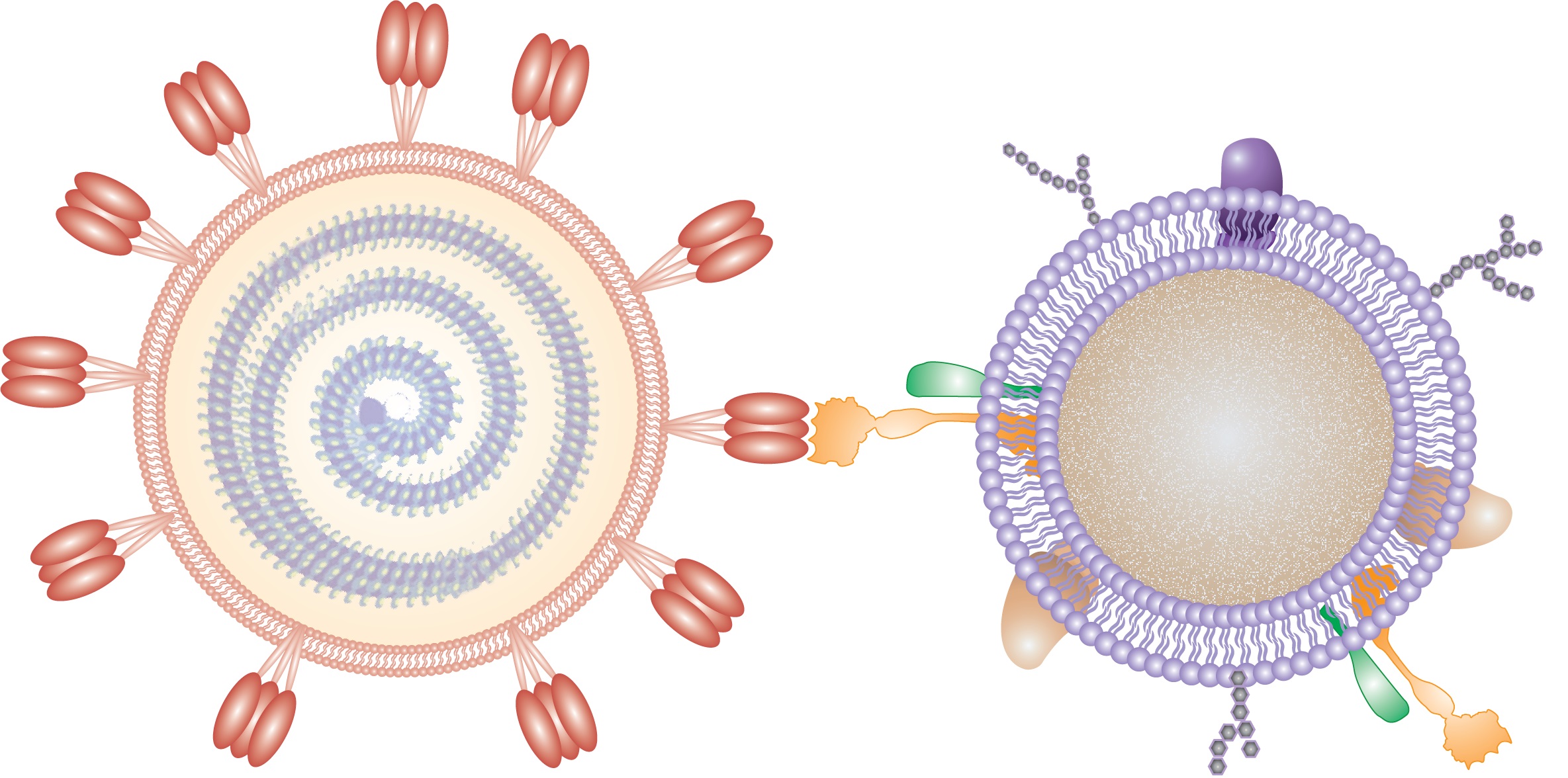
Researchers reporting in Nano Letters have used nanosponges coated with human cell membranes –– the natural targets of the virus –– to soak up SARS-CoV-2 and keep it from infecting cells in a petri dish.
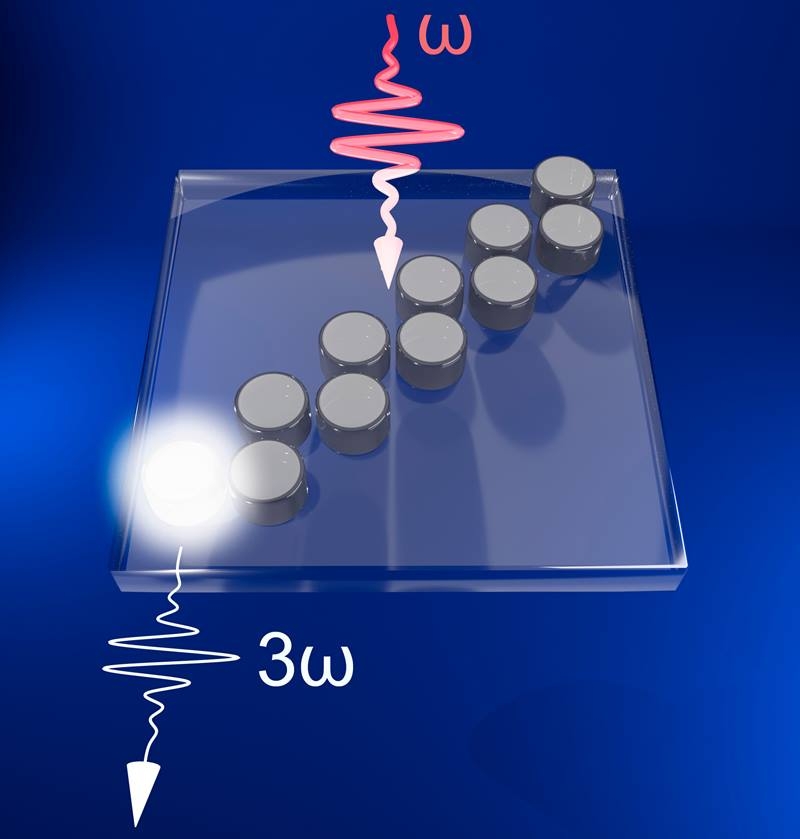
Scientists found a new way to build silicon nanodisks that allow the scientists to guide light along the outside of these tiny structures in a way they have never been able to before. Unlike in previous structures, scientists were able to send light in a zig-zag pattern rather than a straight line. Improving the ability to move the light in multiple dimensions will make it easier to integrate these nanostructures into technologies in the future.
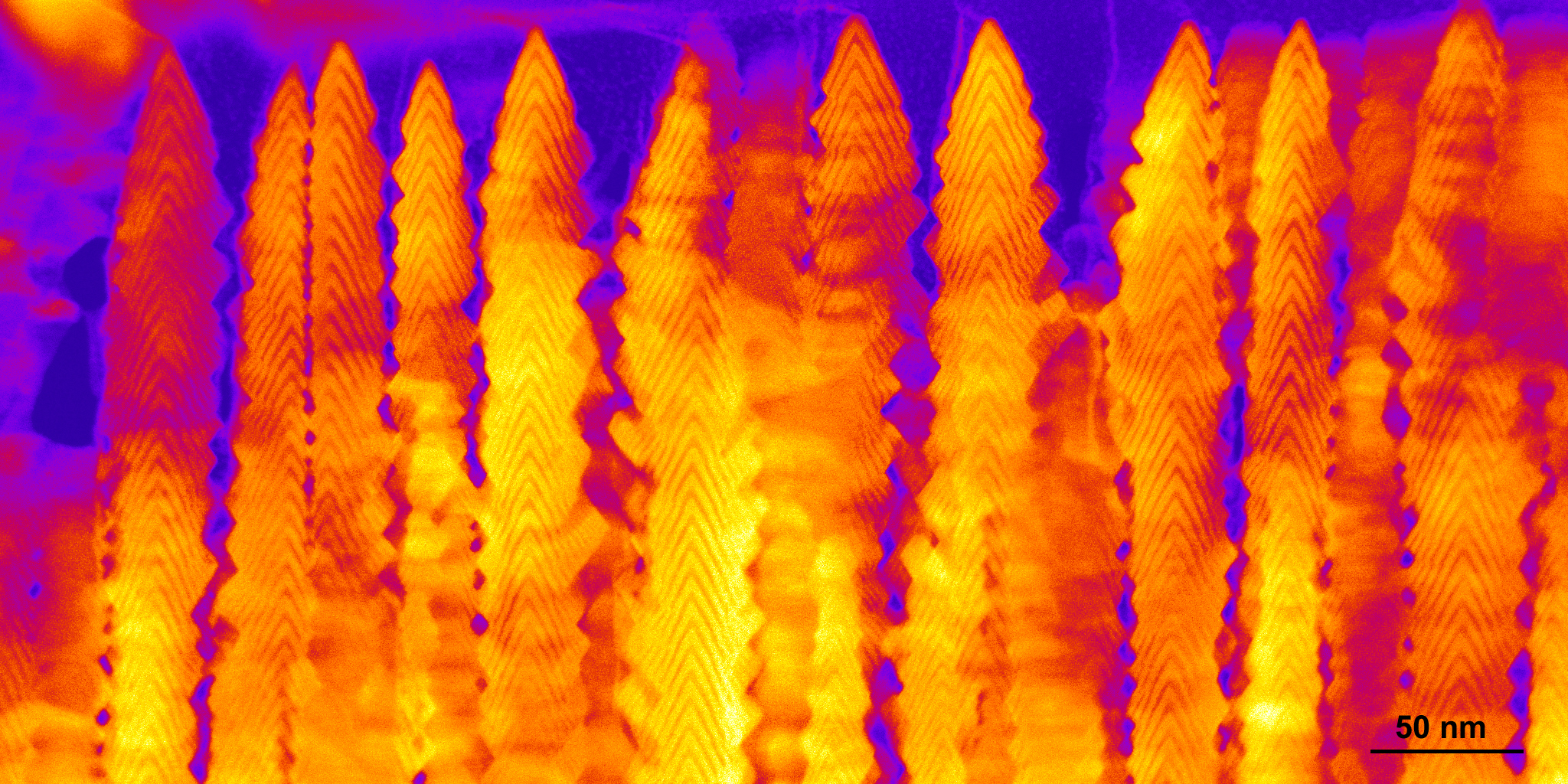
A team led by Oak Ridge National Laboratory synthesized a “nanobrush” structure with high surface area and discovered how its unique architecture drives ions across interfaces to transport energy or information.
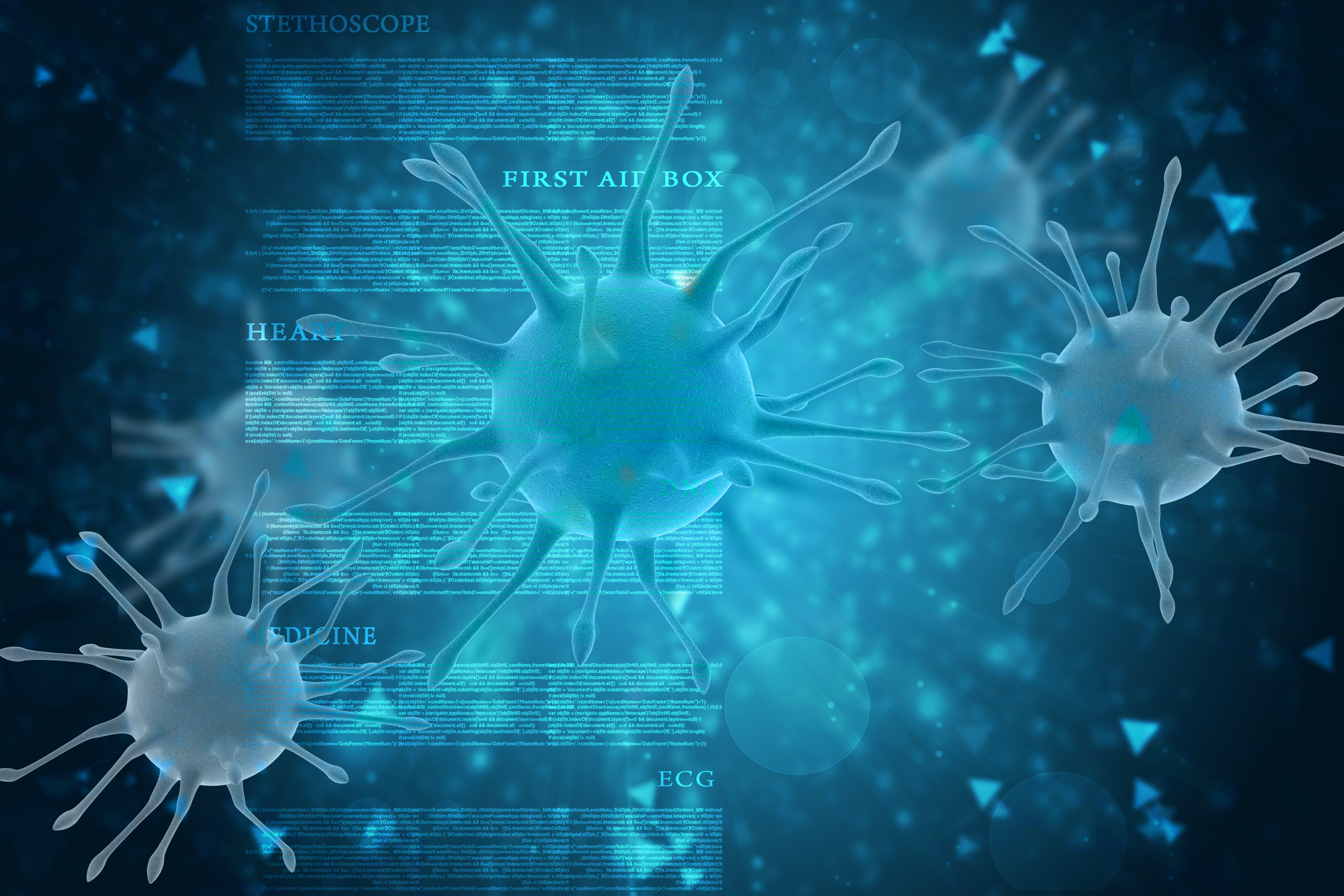
Next-gen nano technologies that can prevent infection and diagnose disease are set to transform the medical industry as this important UniSA research is awarded more than $2 million dollars under the National Health and Medical Research Council (NHMRC) 2021 Investigator Grants.
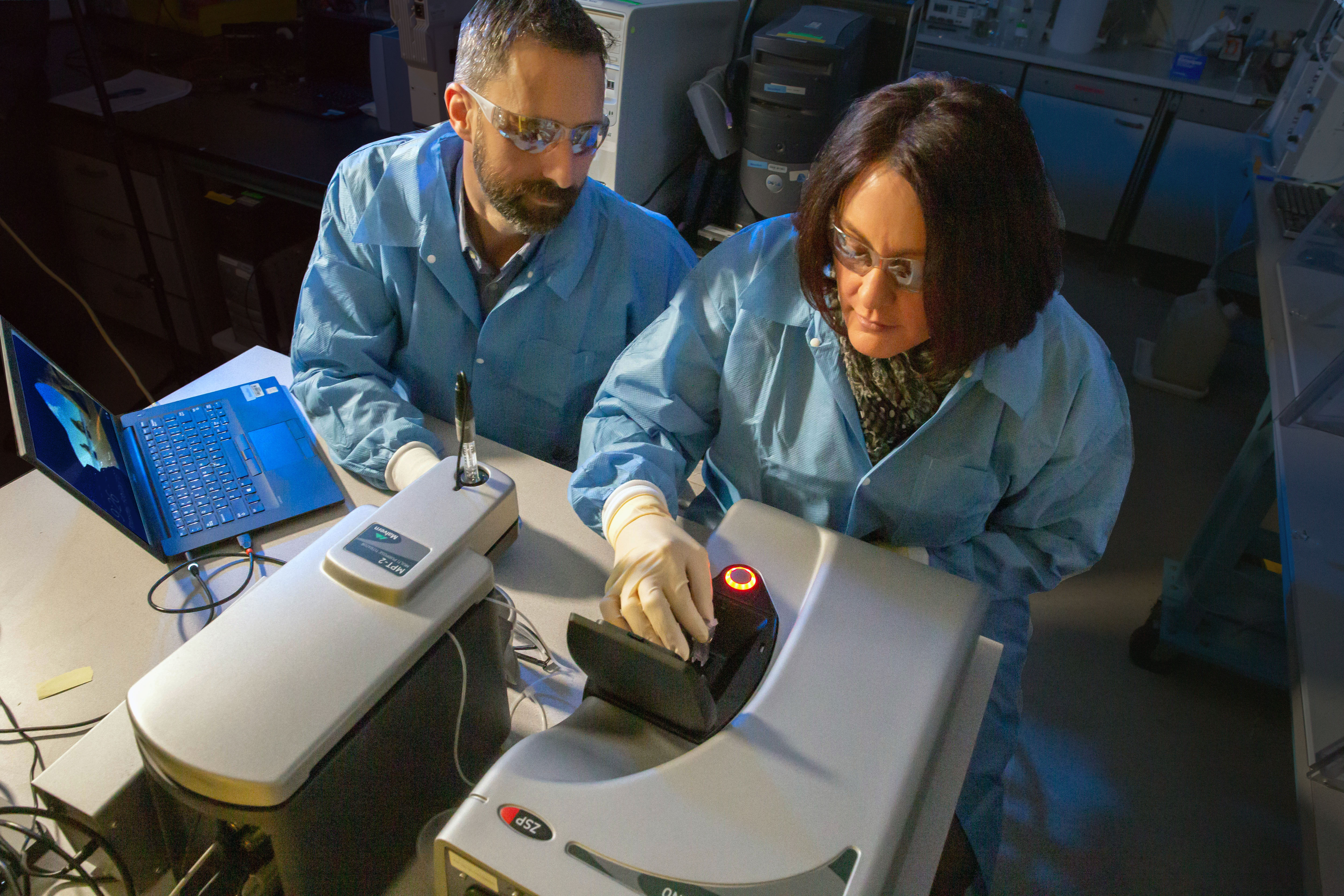
Two LLNL biomedical scientists who have worked for more than eight years to develop a tularemia vaccine are part of a three-institution team that has been funded to bring their candidate vaccine to readiness for use
Sauvignon Blanc, Semillon, or Chardonnay – when you reach for your favourite white, it’s the clean, clear sparkle that first catches your eye. Or does it? When white wines look cloudy it’s a sign of protein instability, and a sure-fire way to turn customers away. Now, new research is ensuring white wines will always look their best as novel magnetic nanotechnology is proving to quickly and efficiently remove haze-forming proteins in white wine.
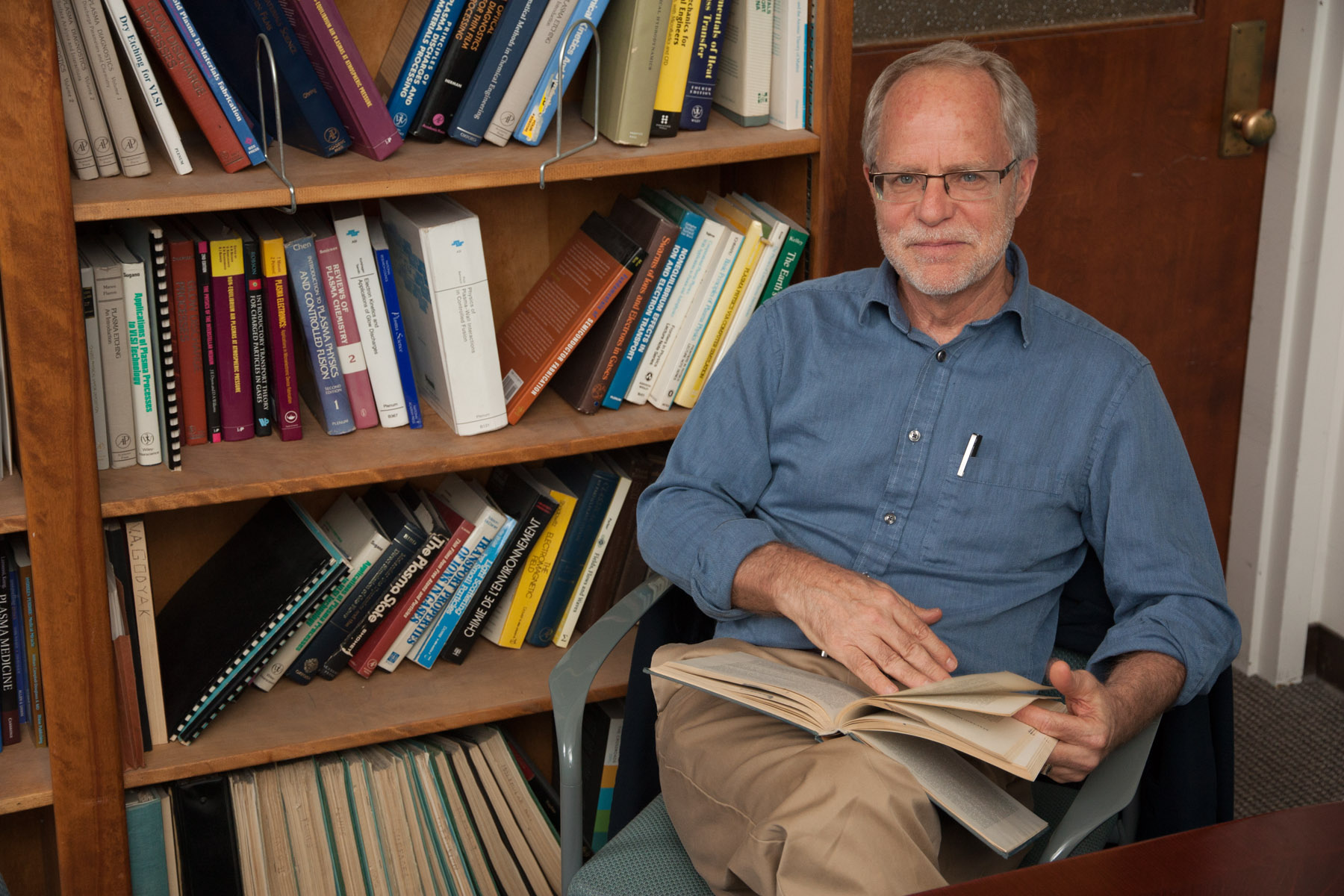
The Princeton Plasma Physics Laboratory has appointed David Graves, an internationally known chemical engineer, to head a new research enterprise that will explore plasma applications in semiconductor manufacturing and the next generation of super-fast quantum computers.
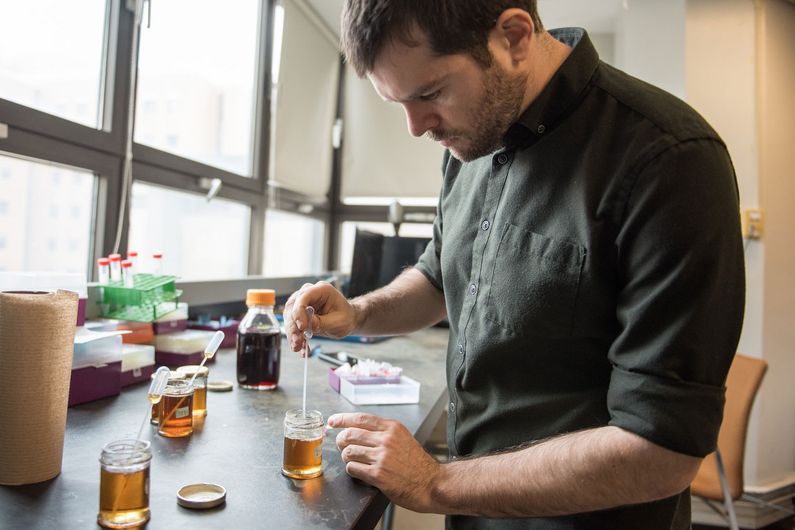
A chemistry professor at Université de Montréal, in Canada, has developed a new test using gold nanoparticles to establish the flavour profile of maple syrup and help producers evaluate its quality.
The Penn State Nanotechnology Applications and Career Knowledge (NACK) Resource Center recently received a grant renewal from the National Science Foundation (NSF). This renewal will be used to support the development and sustenance of nanotechnology workforce education by further growing nano-education resources and partnerships.

Sonal Padalkar, an Iowa State mechanical engineer, is studying how metal-oxide nanomaterials can be deposited on cloth and paper for use as an antimicrobial agent.
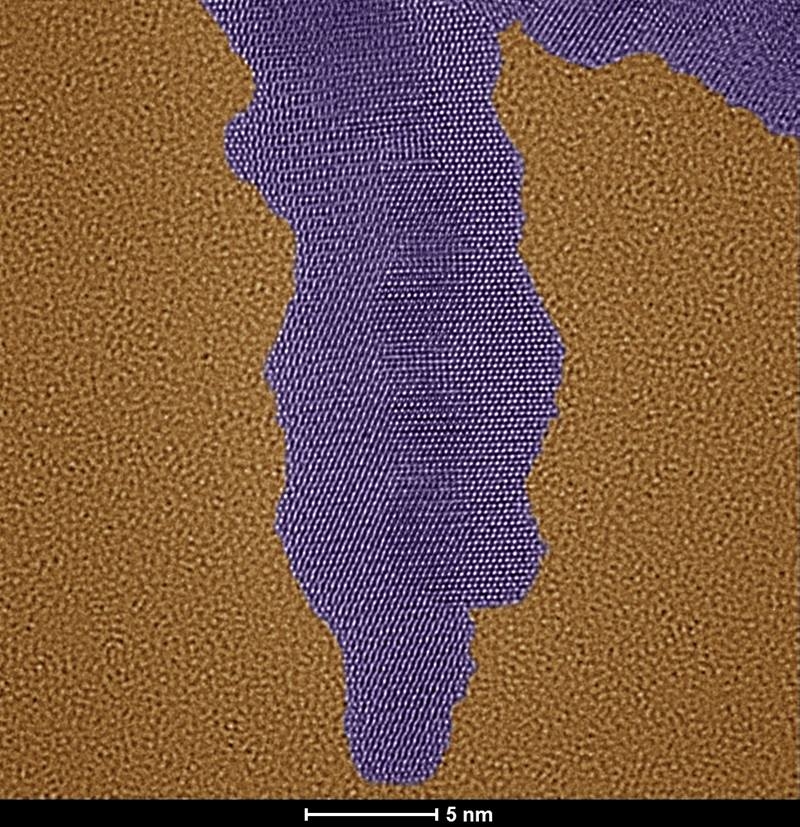
Scientists can control their branch sizes and surfaces to make them more stable and more effective catalysts. By creating branched nanoparticles from the metal ruthenium, researchers developed a way to increase the speed of catalysis while maintaining the catalyst’s stability.

Researchers have demonstrated a new all-optical technique for creating robust second-order nonlinear effects in materials that don’t normally support them. Using a laser pulse fired at an array of gold triangles on a titanium dioxide (TiO2) slab, the researchers created excited electrons that briefly doubled the frequency of a beam from a second laser as it bounced off the amorphous TiO2 slab.
Scientists have developed a new gene-therapy technique by transforming human cells into mass producers of tiny nano-sized particles full of genetic material that has the potential to reverse disease processes.
Graphene, a two-dimensional structure made of carbon, is a material with excellent mechani-cal, electronic and optical properties. However, it did not seem suitable for magnetic applica-tions. Together with international partners, Empa researchers have now succeeded in synthesiz-ing a unique nanographene predicted in the 1970s, which conclusively demonstrates that car-bon in very specific forms has magnetic properties that could permit future spintronic applica-tions. The results have just been published in the renowned journal Nature Nanotechnology.
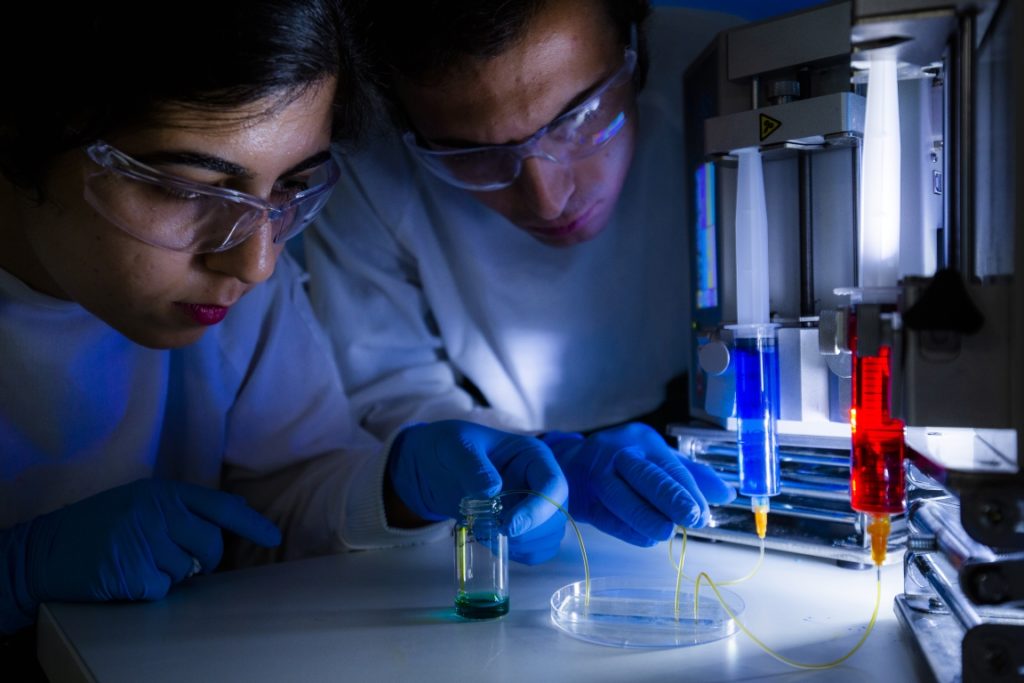
University of South Australia biomedical engineer Dr Marnie Winter has been awarded US$100,000 from the world’s largest private foundation to help better understand and tackle a condition which kills 76,000 women and 500,000 babies each year.
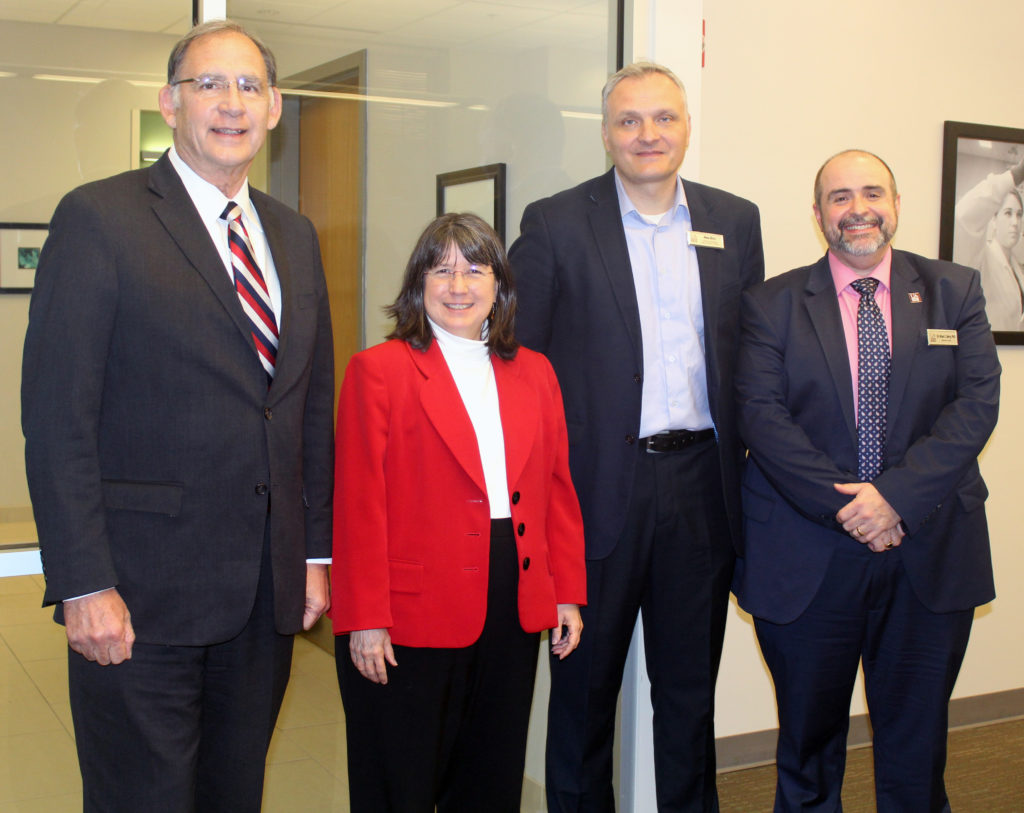
The University of Arkansas at Little Rock announced a $750,000 grant from the U.S. Department of Defense to support the development of potentially life-saving bone regeneration technology during a Nov. 15 visit from Sen. John Boozman. The visit celebrated on-campus research initiatives that the senator championed for federal support.
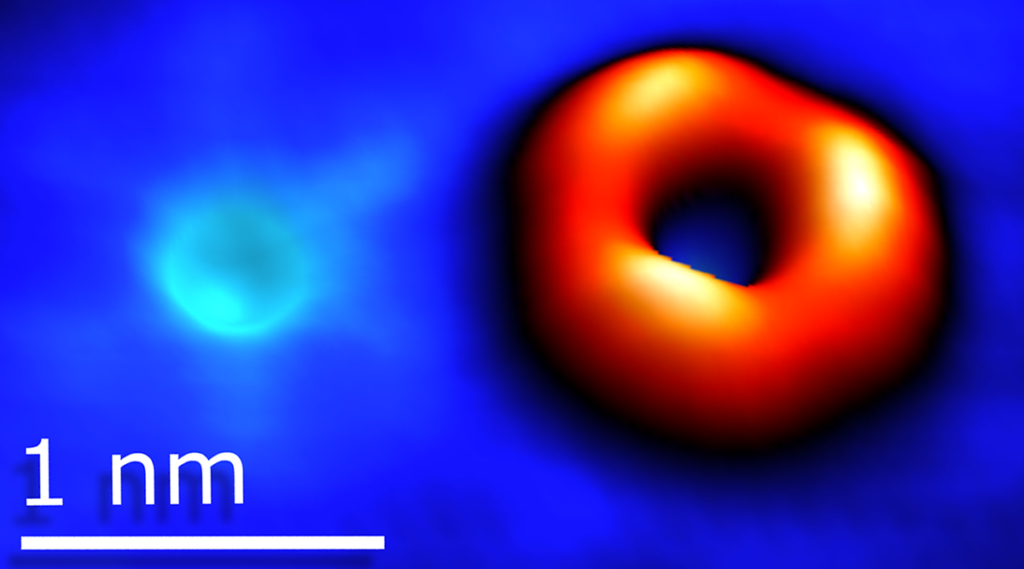
Scientists at Berkeley Lab have revealed how atomic defects emerge in transition metal dichalcogenides, and how those defects shape the 2D material’s electronic properties. Their findings could provide a versatile yet targeted platform for designing 2D materials for quantum information science.
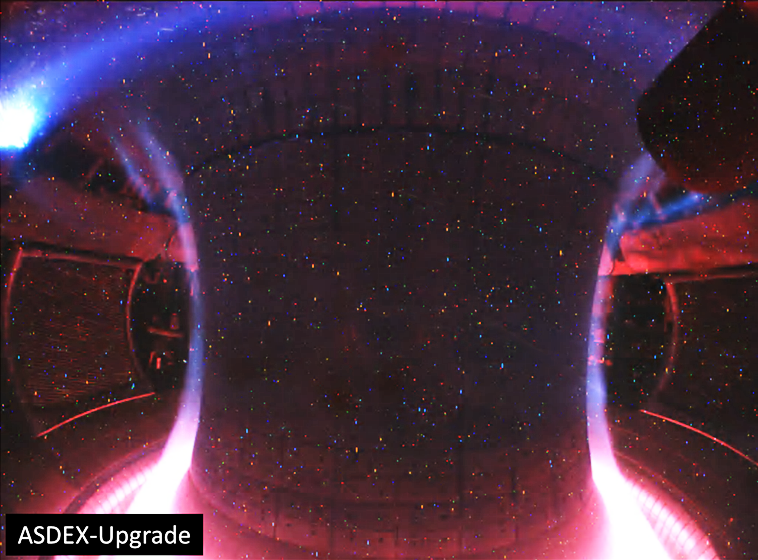
Feature wraps-up wide-ranging PPPL talks on fusion and plasma science at the 61st American Physical Society-Department of Plasma Physics conference.
Funded by the Air Force Research Lab, the team of scientists from Northern Arizona University aims to increase computing diversity among hardware and software, making them nearly impossible to hack.
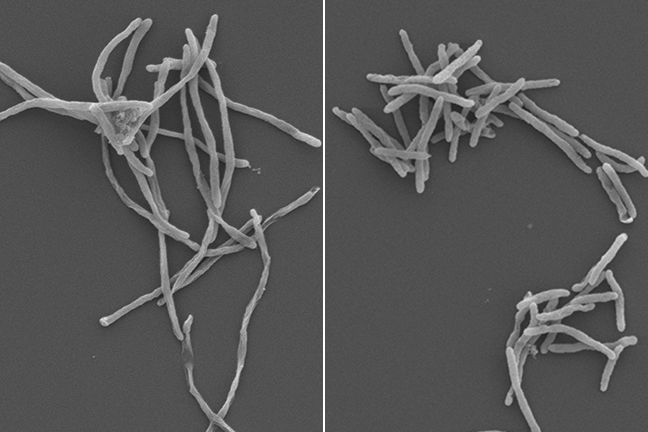
In a first-of-its-kind study, researchers have shown that nanoparticles may have a bigger impact on the environment than previously thought. This is the first report of non-antibacterial nanoparticles causing resistance in bacteria.
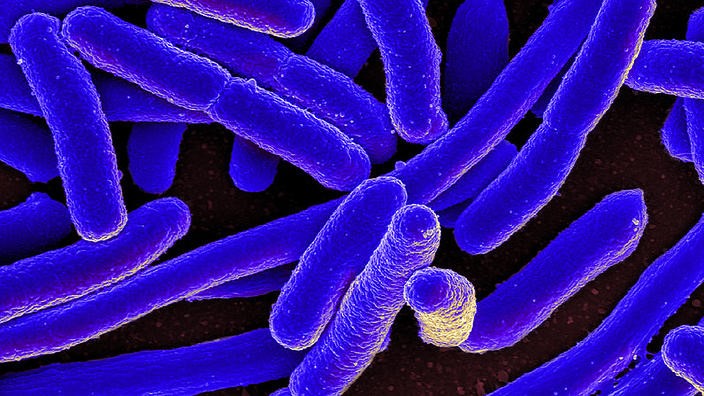
A team of researchers led by the University of South Australia has discovered a way to find and beat superbugs, providing a critical breakthrough against many deadly infectious diseases.
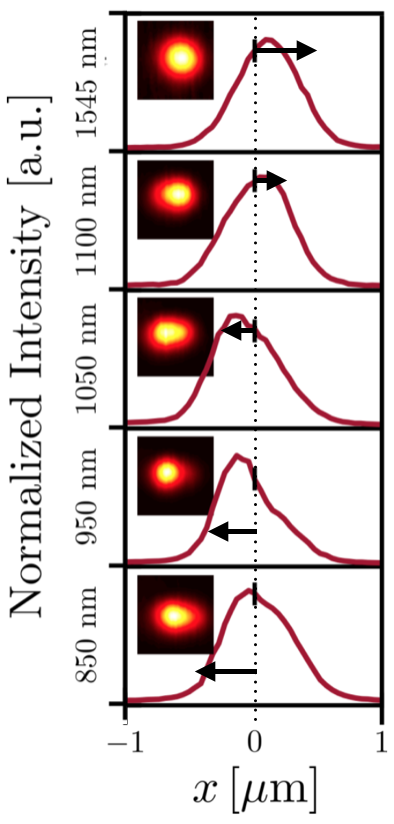
Scientists have tested an experimental system that uses a near-infrared laser to actively heat two gold nanorod antennae to different temperatures. The nanorods are electromagnetically and thermally coupled, yet the team measured reversible temperature differences of up to 20 degrees Celsius.
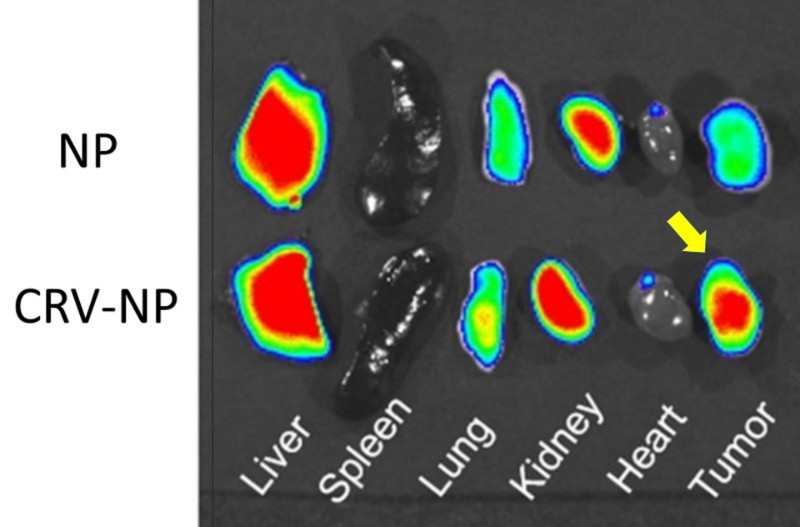
Macrophages are white blood cells that accumulate in tumors, and aid cancer progression. Now scientists have identified a surface protein found only on the macrophages residing in tumors, exposing a target for precise tumor treatments.